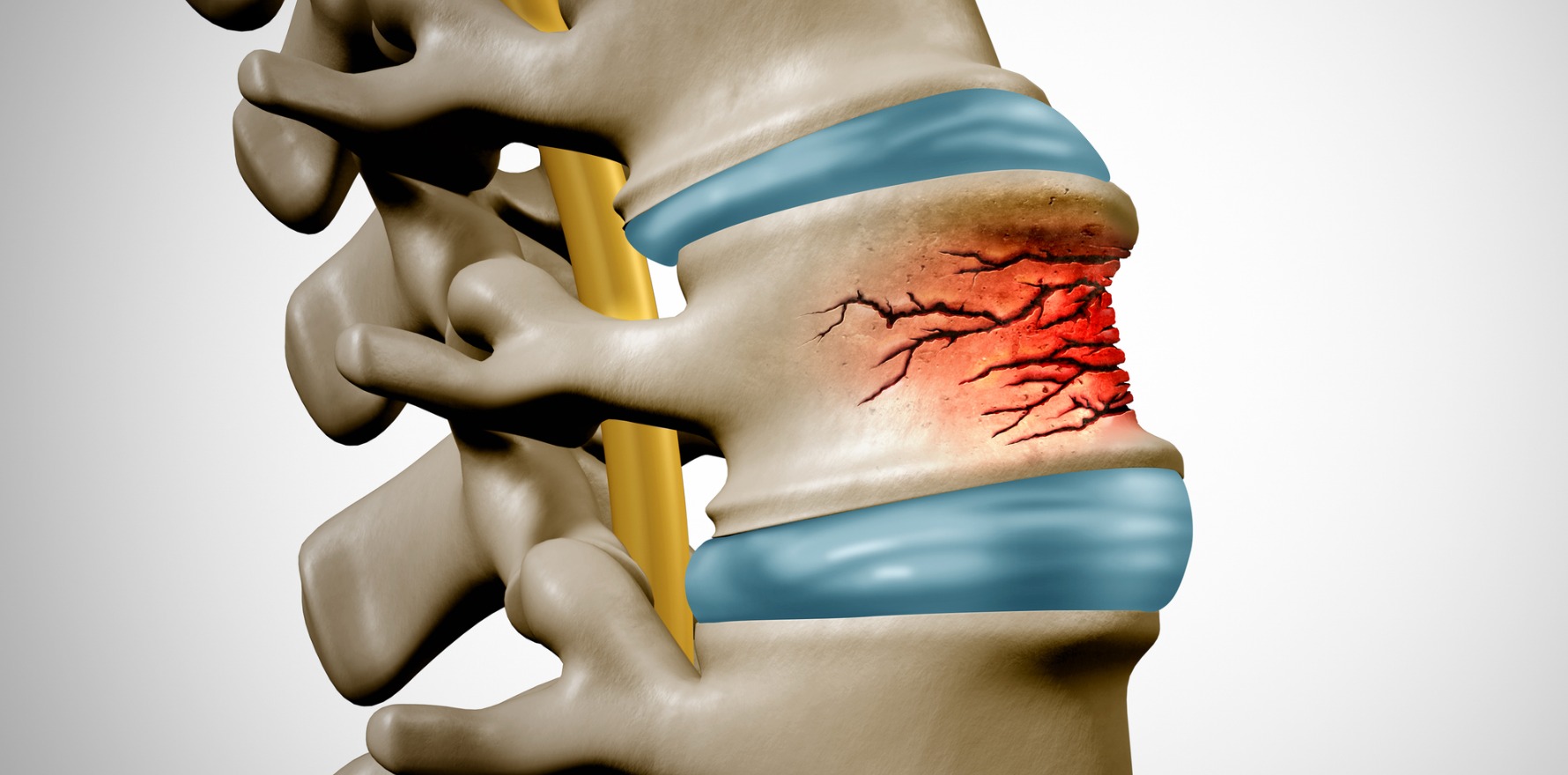Discontinuing bisphosphonate or denosumab treatment in postmenopausal women looks more dangerous than continuing it.
Maintaining osteoporosis treatment in post-menopausal women decreases their risk of fractures, according to a study presented at EULAR 2024.
Bisphosphonates and denosumab are the first- and second-line treatments for women with post-menopausal osteoporosis. Recent European guidelines recommend discontinuing treatment in women with a low fracture risk after three to five years, despite American data suggesting discontinuation is associated with an increased risk of fracture.
Now, the findings of a new French cohort study, presented at the European Congress of Rheumatology last week in Vienna, suggest the increased risk fracture risk also occurs on the other side of the Atlantic.
Researchers extracted data for over 120,000 post-menopausal women with osteoporosis and compared fracture risk in patients based on whether they had discontinued or continued to use either bisphosphonates or denosumab.
Fifty-five percent of women prescribed an oral bisphosphonate discontinued treatment after an average of 4.8 years, 69% of women on intravenous bisphosphonates stopped after 4.3 years, and 43% prescribed denosumab stopped after 3.7 years.
After matching women who did and did not discontinue treatment on sociodemographic, medical and healthcare resource usage, women who discontinued oral bisphosphonate treatment had a 12% increase in the risk of fragility fracture. Women who discontinued denosumab treatment had a 92% increase in fracture risk.
Related
The increased fracture risk was observed for all fracture sites throughout the body, excluding distal forearm fractures for women discontinuing oral bisphosphonates. The greatest increase in risk was seen for hip fractures, where women discontinuing oral bisphosphonates had a 19% increase in risk, and women discontinuing denosumab had a 108% increase in risk.
There was no difference in fracture risk between continuing and discontinuing treatment in women taking intravenous bisphosphonates.
Researchers also observed an increase in long-term discontinuation incidence rates, from 2-18% in 2015 to 12-30% in 2020.





